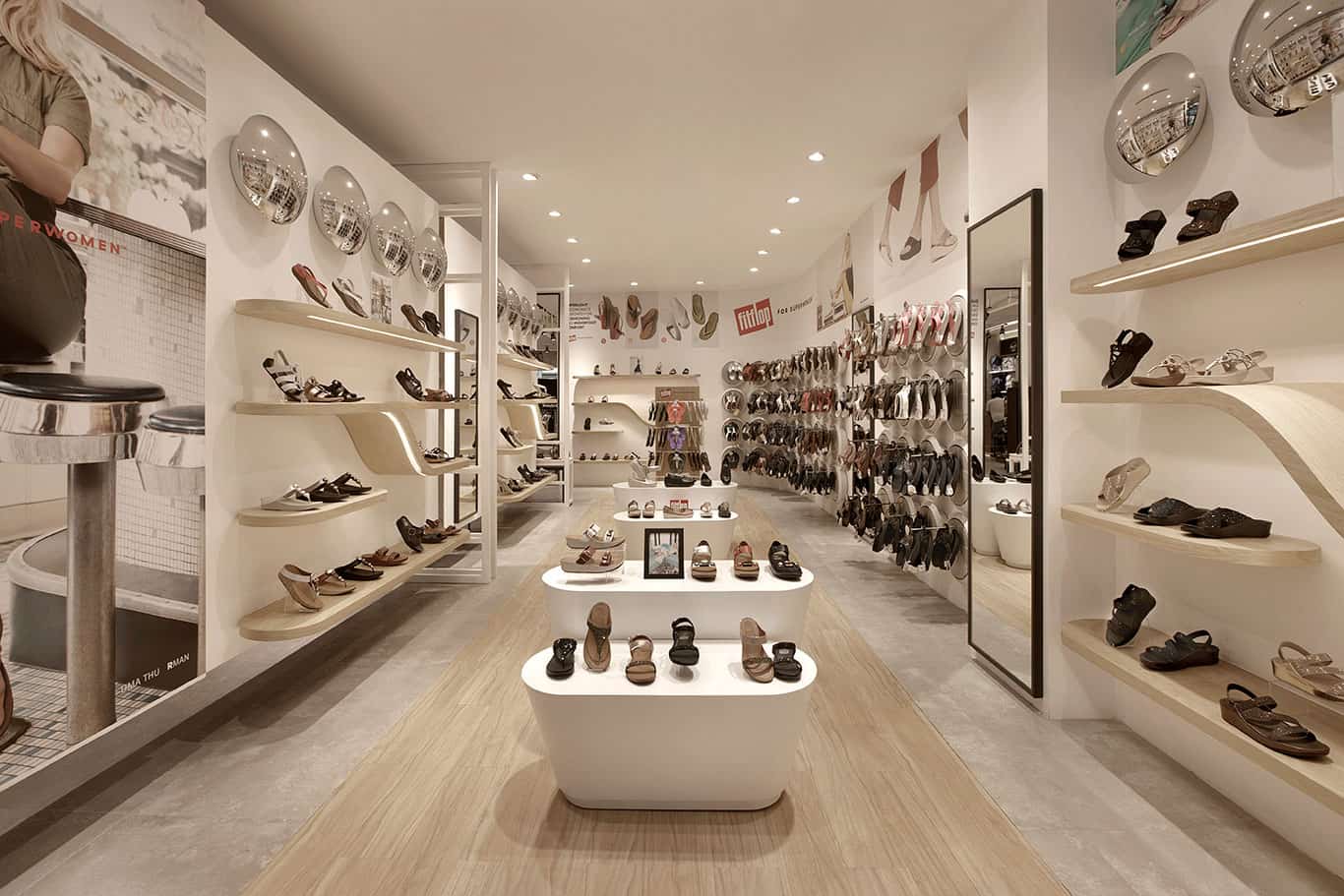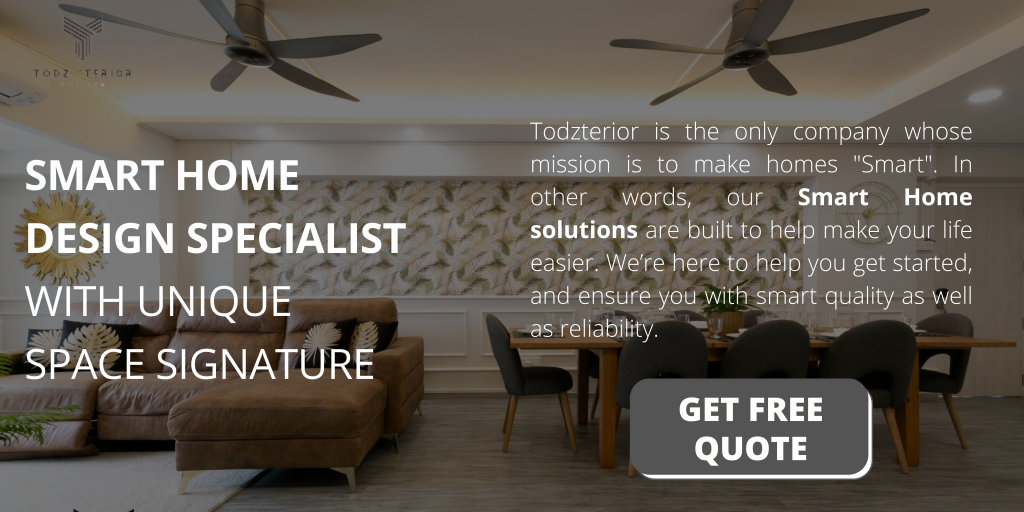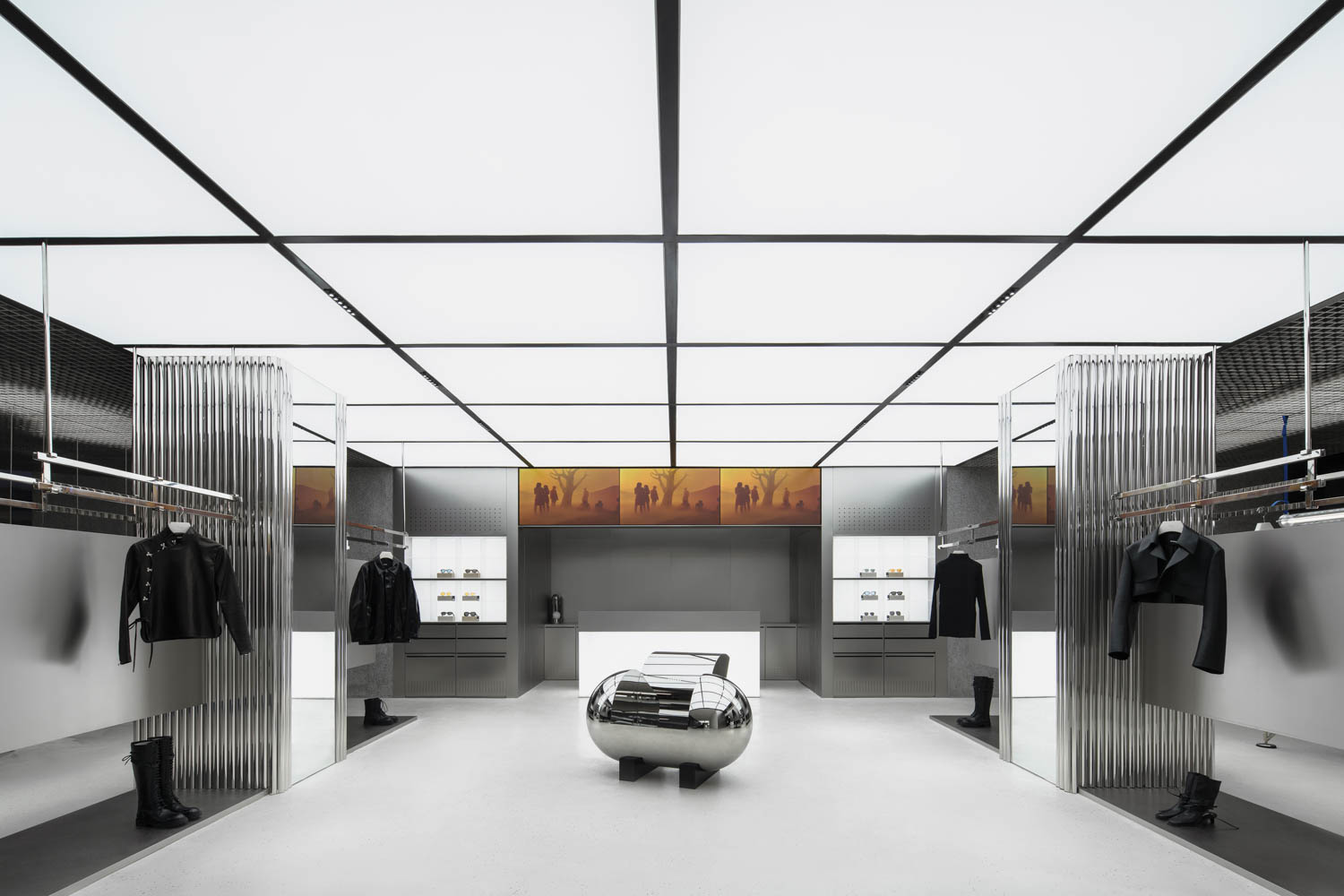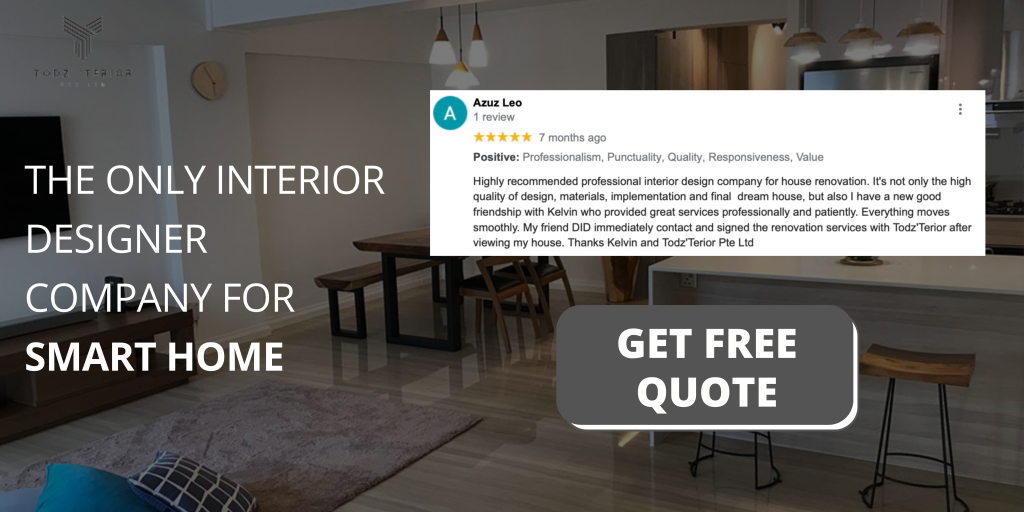Imagine walking into a retail store and being instantly captivated by its stunning interior design. The carefully curated displays, the inviting atmosphere, and the seamless flow of the space. It’s an experience that can leave a lasting impression on customers and make them want to explore more. Retail interior design plays a crucial role in creating a memorable shopping experience and driving sales. In this article, we will explore some key tips for success in retail interior design, focusing on how to captivate customers and leave them eager to return.
In This Article
ToggleIn today’s competitive retail landscape, creating a captivating in-store experience is more important than ever. An appealing retail interior design can entice customers, elevate the brand image, and ultimately boost sales. By strategically implementing various design elements, retailers can create an environment that engages shoppers and keeps them coming back for more.

How Important is Understanding Your Target Audience in Retail Interior Design?
Before embarking on any retail interior design project, it is crucial to have a deep understanding of the target audience. Research their demographics, preferences, and shopping behaviors. This knowledge will guide design decisions and ensure that the space resonates with the intended customers.
Understanding your target audience is paramount in retail interior design. It plays a crucial role in creating a captivating and engaging shopping experience. By comprehending the demographics, preferences, and shopping behaviors of your target customers, you can tailor your design choices to resonate with them effectively. So, how important is it to understand your target audience when it comes to retail interior design? Let’s delve into the significance of this crucial aspect.
Establishing a Concept and Theme
A well-defined concept and theme provide a cohesive framework for the retail interior design. It helps create a unique identity for the store and communicates a clear message to customers. Whether it’s a minimalist, rustic, or futuristic theme, consistency is key in capturing the attention and interest of customers.
Utilizing Effective Lighting
Lighting is a powerful tool in retail interior design. It sets the mood, highlights key areas, and showcases products. The right combination of ambient, task, and accent lighting can create a visually appealing and immersive environment. Experimenting with different lighting techniques can enhance the overall shopping experience.
Optimizing Store Layout and Flow
The layout and flow of a store greatly impact how customers navigate and interact with the space. It’s essential to optimize the store layout by considering factors such as traffic flow, product placement, and ease of movement. A well-designed layout ensures a seamless journey for customers, encouraging them to explore and discover more.

Showcasing Products with Visual Merchandising
Visual merchandising is the art of presenting products in an enticing and persuasive way. It involves careful arrangement, product grouping, and storytelling through displays. Effective visual merchandising can draw attention to featured products, spark curiosity, and ultimately drive sales.
Incorporating Interactive Elements
Engaging customers on a sensory level can leave a lasting impression. Incorporating interactive elements such as touchscreens, augmented reality displays, or experiential zones can create a sense of excitement and involvement. Interactive elements enhance customer engagement and create a memorable shopping experience.
Creating Comfortable and Inviting Spaces
A comfortable and inviting environment encourages customers to stay longer and explore further. Incorporating cozy seating areas, pleasant scents, and soothing background music can create a welcoming atmosphere. When customers feel at ease, they are more likely to spend time in the store and make a purchase.
Using Colors and Materials Strategically
Colors and materials have a significant impact on the overall ambiance of a retail space. Vibrant colors can attract attention, while muted tones create a sense of sophistication. Similarly, the choice of materials can convey different messages, such as natural materials for a sustainable brand image or sleek metals for a modern look.
Paying Attention to Details
Small details can make a big difference in the overall perception of a retail space. Pay attention to elements such as signage, flooring, fixtures, and even the scent of the store. Every detail should align with the concept and theme, creating a cohesive and memorable experience for customers.
Incorporating Technology
Integrating technology into retail interior design can enhance customer engagement and streamline the shopping process. Digital displays, mobile apps, or self-checkout stations are just a few examples of how technology can be seamlessly integrated to provide a modern and convenient experience for customers.
Balancing Aesthetics and Functionality
While aesthetics are crucial, it is equally important to ensure that the retail space is functional and practical. The design should facilitate easy navigation, provide sufficient storage, and accommodate the needs of both customers and employees. Balancing aesthetics and functionality ensures a seamless and efficient shopping experience.
Incorporating Green and Sustainable Elements
With the growing emphasis on sustainability, incorporating green elements in retail interior design is both environmentally responsible and appealing to customers. Using eco-friendly materials, implementing energy-efficient lighting systems, and integrating greenery can contribute to a positive brand image and resonate with eco-conscious shoppers.

Creating a Memorable Entrance
The entrance of a retail store is the first opportunity to make a lasting impression on customers. It should be inviting, visually appealing, and reflective of the store’s concept and theme. A captivating entrance creates a sense of anticipation and sets the tone for the entire shopping experience.
FAQs
- How can retail interior design impact customer behavior? Retail interior design can influence customer behavior by creating a welcoming atmosphere, highlighting products effectively, and guiding customers through the store. A well-designed space can encourage exploration, increase dwell time, and ultimately lead to more sales.
- Is it necessary to hire a professional interior designer for retail spaces? While it’s not mandatory, hiring a professional interior designer with experience in retail spaces can significantly enhance the outcome. They have the expertise to optimize the design for customer flow, create visually appealing displays, and ensure a cohesive brand experience.
- What role does branding play in retail interior design? Branding plays a vital role in retail interior design as it helps create a unique identity and differentiate the store from competitors. Consistency in branding elements such as colors, fonts, and imagery strengthens brand recognition and reinforces the overall shopping experience.
- How can interactive elements improve the retail experience? Incorporating interactive elements such as touchscreens or experiential zones engages customers on a deeper level. It adds an element of fun, encourages exploration, and allows customers to interact directly with products or digital content, enhancing their overall experience.
- How can sustainability be integrated into retail interior design? Sustainability can be integrated into retail interior design by using eco-friendly materials, implementing energy-efficient systems, and incorporating greenery. Additionally, promoting sustainable practices and communicating the brand’s commitment to the environment can resonate with environmentally conscious customers.

Conclusion
In the competitive world of retail, captivating customers through effective interior design is a key strategy for success. By understanding the target audience, establishing a concept and theme, utilizing lighting, optimizing store layout, showcasing products with visual merchandising, incorporating interactive elements, creating comfortable spaces, strategically using colors and materials, paying attention to details, incorporating technology, balancing aesthetics and functionality, incorporating green elements, and creating a memorable entrance, retailers can create an immersive and engaging shopping experience that keeps customers coming back for more.
In conclusion, when it comes to retail interior design in Singapore, “Todzterior” stands out as a top choice for three compelling reasons. With their extensive experience and expertise in this specialized field, they bring a wealth of knowledge to create captivating retail spaces that optimize traffic flow and enhance the overall customer experience. By tailoring their designs to align with your brand identity, they ensure that your retail space becomes a true reflection of your brand, fostering recognition and loyalty. Moreover, their meticulous attention to detail and seamless execution ensure that your vision is brought to life flawlessly. With “Todzterior” as your partner, you can confidently entrust your retail interior design needs, knowing that they will deliver an exceptional space that captivates customers and drives your business towards success.
